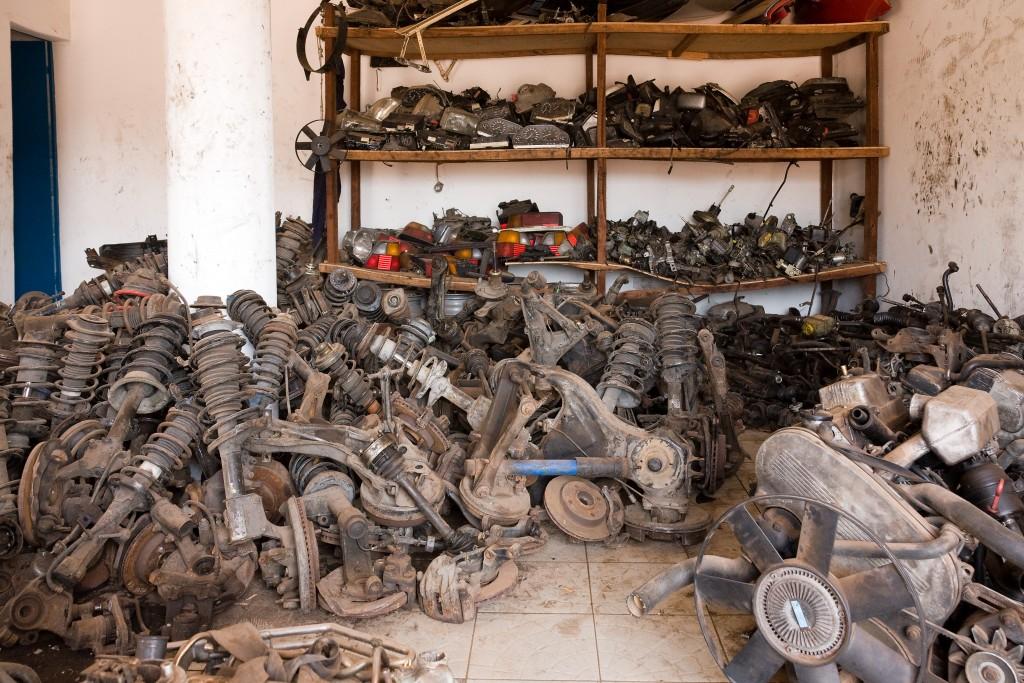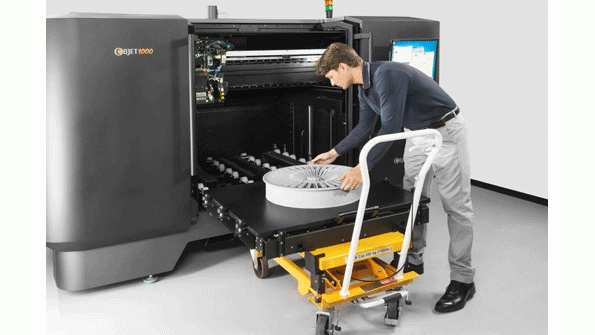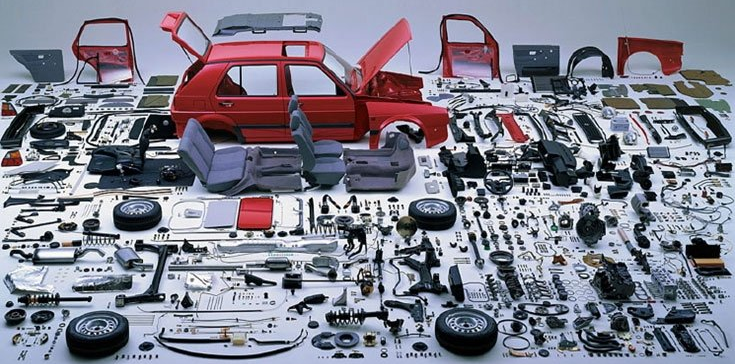 Machine spare part obsolescence is a major headache for manufacturers. The stockout costs or consequences of non-available spare parts are invariably higher with longer periods of downtime. As time equals money, in the majority of manufacturing operations maintenance staff take their own approaches to stock management. One such way is the squirrel approach where obsolete parts are gathered for insurance purposes. Some manufacturers look to rationalize their spare part stock profile and often target high-value slow-moving parts, which are usually also the obsolete parts.
Machine spare part obsolescence is a major headache for manufacturers. The stockout costs or consequences of non-available spare parts are invariably higher with longer periods of downtime. As time equals money, in the majority of manufacturing operations maintenance staff take their own approaches to stock management. One such way is the squirrel approach where obsolete parts are gathered for insurance purposes. Some manufacturers look to rationalize their spare part stock profile and often target high-value slow-moving parts, which are usually also the obsolete parts.
Unfortunately the rapid developments in industrial automation have accelerated the obsolescence process, leading many companies to be caught short. But with the recent burst of 3D printers becoming more accessible to the masses, we have been asking ourselves if the dawn of the 3D printer will eventually make obsolescence obsolete. The advancement in 3D printing could well change the process in which spare parts are managed – if the International Space Station can use a 3D printer to print spare parts, why can’t any other manufacturer in the future?
So could 3D printing change the way this process is managed?

Parts shop in The Gambia
Before we can answer this question we must understand the origins of 3D printing and how it has evolved. It may come as a surprise, but 3D printing isn’t exactly a new development. Step back to 1984 — the year when we were first introduced to Tetris, the Apple Macintosh, and Transformers — and you will also find the first 3D printer. Unlike the other inventions of 1984, it has taken a while for 3D printing to capture our imaginations and really take off. But now, with people such as the President of the United States onboard saying that “3D printing has the potential to revolutionize the way we make almost everything” during his 2013 State of the Union address, it is time for us to consider 3D printing as a real possibility to our obsolescence problems.
How does 3D printing work?
The process of 3D printing involves the fabrication of products through the use of printers which either place layer upon layer of material (e.g., stereolithography) or employ lasers to burn materials (sintering), eventually resulting in a finished item. Unlike traditional subtractive manufacturing, which involves cutting or drilling molded items to make the final product, 3D printing “grows” the product. Once a design is produced using CAD software or a laser scan of the item, it is passed to the printer which can realize it using metal, plastics, or composites.
Can 3D printing compete with more traditional means of manufacturing?
Potentially 3D printing offers many advantages and benefits over traditional manufacturing. For example, it can be used for small-scale production which would specifically be beneficial to  maintenance departments keeping their machines running. 3D printers can also make complex and dynamic parts. Back in 2008, the first person successfully walked on a 3D printed prosthetic leg that required no assembly. 3D printing can produce complex shapes that can’t be injection molded and build parts already functional that do not require additional assembly. As applications of the technology expand and prices inevitably drop, making it cheaper to invest in 3D printing capabilities, more and more companies will look to implement their own 3D printing operations, which may reduce the need for some traditional manufacturing.
maintenance departments keeping their machines running. 3D printers can also make complex and dynamic parts. Back in 2008, the first person successfully walked on a 3D printed prosthetic leg that required no assembly. 3D printing can produce complex shapes that can’t be injection molded and build parts already functional that do not require additional assembly. As applications of the technology expand and prices inevitably drop, making it cheaper to invest in 3D printing capabilities, more and more companies will look to implement their own 3D printing operations, which may reduce the need for some traditional manufacturing.
Using 3D printing to tackle inventory concerns — the end of obsolescence?
It’s only a matter of time before companies begin using 3D printing as part of their inventory strategy. Whether it’s 3D printing parts and components themselves or using local professional printers, the difficulties of rare, high-cost parts could become a thing of the past. There will be no need to pay a premium to fly a hard-to-find part from one side of the globe to another. Making parts and components as needed eliminates the need for supply chain management. Only time will tell if 3D printing will revolutionize the way manufacturers manage their supply chain and inventories.
However, until the 3D printing revolution takes off, it’s comforting to know that Northern Industrial, a specialist supplier of end-of-life parts, can supply thousands of obsolete parts directly from their 25,000-sq-ft repair facility in Blackburn, Lancashire, UK. With same and next day delivery on most items, it might not be as fast as printing your parts at your desk but it is close enough for now.
What do you think about the use of 3D printing for spare parts stocks? Let us know in the 3D Printing to Make Obsolescence Obsolete forum thread over at 3DPB.com.
Subscribe to Our Email Newsletter
Stay up-to-date on all the latest news from the 3D printing industry and receive information and offers from third party vendors.
Print Services
Upload your 3D Models and get them printed quickly and efficiently.
You May Also Like
Johns Hopkins University Researchers Develop HyFAM Technology
Two scientists from Johns Hopkins University, Nathan C. Brown and Jochen Mueller, have developed a hybrid manufacturing technology they call HyFam, or Hybrid Formative Additive Manufacturing. Their work on this technology...
3D Printing G-Code Gets an Upgrade: T-Code
Good old G-Code still manages many 3D printers, great and small. Just like the STL, it’s a standard that enables collaboration while also holding the additive manufacturing (AM) industry back....
AM Rewind: The Biggest News and Trends of 2024
After a sluggish 2023, driven by persistent inflation and geopolitical tensions, 2024 has seen some recovery. Economic growth climbed from about 2.8 percent in 2023 to a modest 3.2 percent...
Metal Wire 3D Printer OEM ValCUN Announces Plans for 2025 Expansion
ValCUN, a Belgian original equipment manufacturer (OEM) of wire-based metal additive manufacturing (AM) hardware, has announced that the company has entered the next phase of its growth trajectory, making key...


































